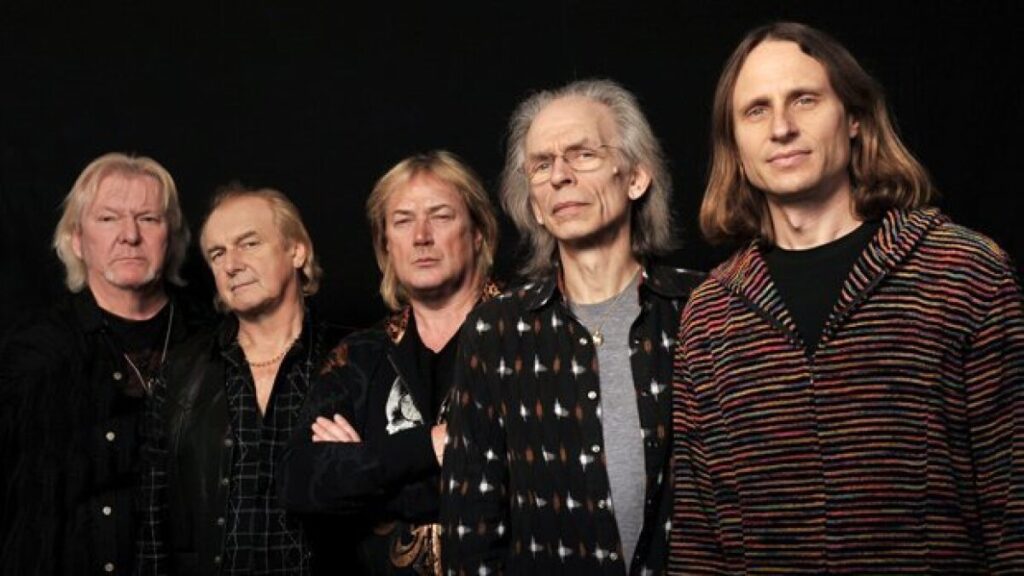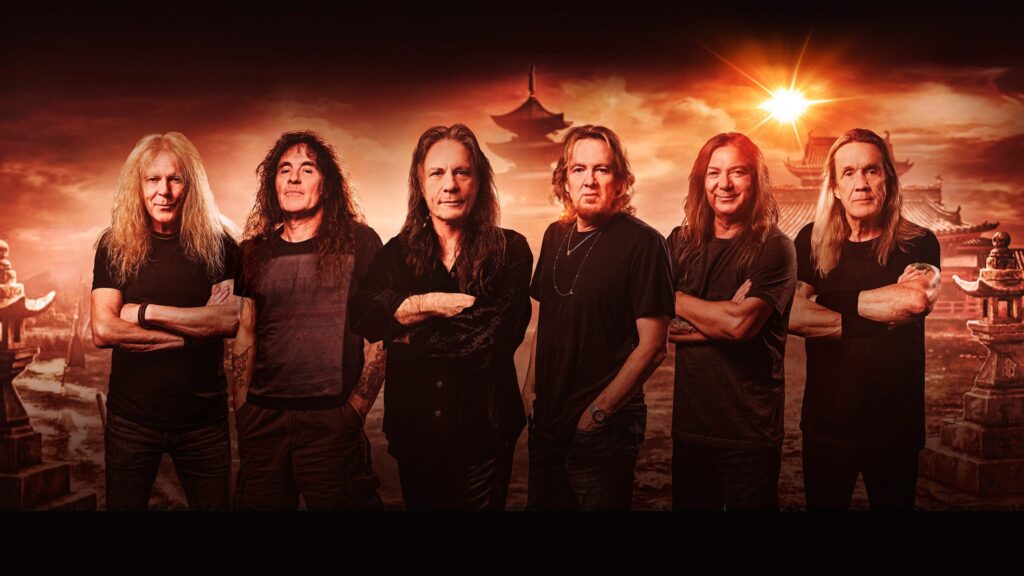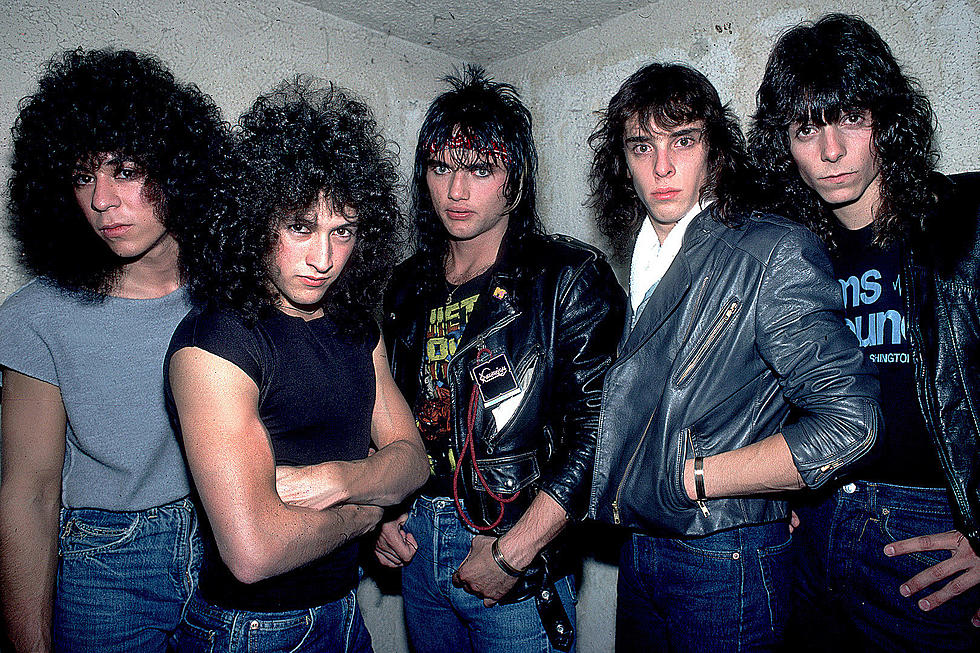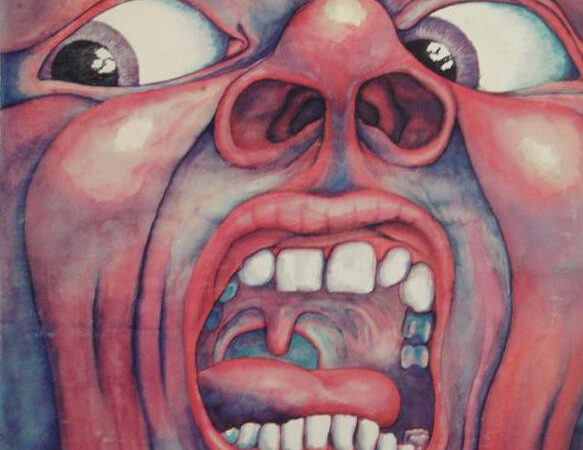By Squiggly Meyers – Edited by Bossman
2022
King Crimson, this London born combo redefined Rock in the 70’s, ultimately creating the sub-genre of #Progresiverock. These guys influenced a generation of Prog Rockers such as Genesis, Yes, Rush, and Dream Theater.
Continuing with this historical tour of Prog Rock. We come to another contender in the genre. YES debut their self-titled album in 1969. Another product of the British music scene, they borrowed from a pallet of styles to create their unique sound, featuring the late Billy Squire (Bass). This band is now 54 years old and still going strong.

In the mid 70’s arose a band who were considered as, “The Canadian Beatles”. This was further assumed due to the band’s anonymity and musical similarity. Klaatu grew in popularity quickly due to a rumor, claiming that these musicians were indeed the regrouping of The Beatles themselves. This rumor was echoed by Steve Smith, a writer for the Providence Journal, whom like others, thought that this might very well be The Beatles. Let’s take a listen and you decide. Given the lack of internet at the time and news traveling at a snail’s pace in comparison to today. Would you have thought this was The Beatles rebranded too?
Now, we steer into the eighties and to a band who took to the influences of Prog Rock and took it to the next level. As part of The New Wave of British Heavy Metal, Iron Maiden hit the ground running by combining the best of King Crimson’s musical finesse, Kiss‘s theatrics, and Led Zepplin‘s lyrical imagery provided by Harris, Smith & Dickenson, their unique sound ushered in a whole new ballgame, and gave inspiration to many to come.

Alongside the N.W.O.B.H.M. (New Wave of British Heavy Metal) came a man named Richie Blackmore and his band Rainbow. Though for a time, Richie put Rainbow on a back burner to a line himself with Ronnie James Dio. Though after Dio’s departure in 1979 to join Black Sabbath filling in the void left by Ozzy Osbourne, Blackmore revived his band. Rainbow’s early work primarily featured mystical lyrics with a neoclassical metal style. This being yet another off shoot of Prog Rock.
After Blackmore introduced his take on neoclassical, his influence reached a young boy in Sweden who took to the guitar, like a fish to water. His name, Lars Johan Yngve Lannerbäck, better known to you and me as Yngwie Malmsteen. This musical genius was heavily influenced by Blackmore and his neoclassical style. By the age of twenty one, Malmsteen had already been nominated for a Grammy. On a side note, Malmsteen’s debut album “Rising Force” and which garnered him his first Grammy nomination, was meant to be a side project. At the time Malmsteen was guitarist for the band Alcatrazz. After his departure from Alcatrazz, a new guitarist was hired to take Malmsteen’s place. That guitarist was none other then Steve Via.
The mid-eighties were full of hair metal bands and the music industry seemed to be mass producing the likes there of. With Ratt, Motley Crue, Poison, Slaughter, Kix, Faster Pussycat, Cinderella… need I say more? Ok Stryper, Dangerous Toys, Dokken to name a few more. Prog Rock/Metal seemed to be pushed into the background. However, among all the hair and glam of the eighties there stood a band who carried the torch for Prog, and that band was The Mob.

Born in 1980 in Bellevue, Washington, The Mob survived play Heavy Metal covers with out a permanent singer. The band saved up enough money to record a four song EP and enlisted a friend, who sang for another band at the time, named Geoff Tate. After they shopped their demo around, they were offered a management contract by Easy Street Records who then urged the band to change their name, as The Mob was not available. They struggled with the new moniker and decided to name themselves after one of the songs on their EP. Queen of the Reich which was reworked into Queensrÿche. Geoff Tate then left his old band and became their permanent Lead Vocalist and 40 plus years later they are still carrying that Prog Metal banner.
Now we’ve come to the turning point in Rock music. The question has been posed, what killed Hair Metal? Everyone suspiciously looks at Grunge, but frankly it wasn’t grunge that did Hair Metal in. In fact, it was the green-eyed-monster that did it. The corporate music machine is what did it. The assembly line factory that churned out one copy after another. When the change came, it was so powerful it had radio stations, MTV, and even bands scrambled to keep up. With the giant format change of the Nineties, it was like a bomb had dropped on the music scene and the aftermath saw few bands survive. No one was spared, even Metallica reined in their Four Horsemen.
However, there was a band formed in 1985 who seemed to retain their voice, and frankly, now that the landscape was a bit more open they had room to breath and run free. This Prog Metal Band is none other then Dream Theater. Their first album, “When Dream and Day Unite”, was released in 1989 since then they’ve recorded fifteen studio albums. Though the band has had several line up changes over the years the three main members, (Petrucci, Myung, & LeBrie) still carry on the Dream.
Now there you have it, for now. If you liked this tour of Prog Rock and want a continuation, hit that comment button. I’ll do a Part two and continue the timeline. Now I know that there are a lot of bands I may have left out, but this was an abbreviated list. If I left out your favorite band, please don’t get mad, instead I invite you to share them in the comments to spread the word of their contributions. Rock on music lovers. ~ Squiggly
